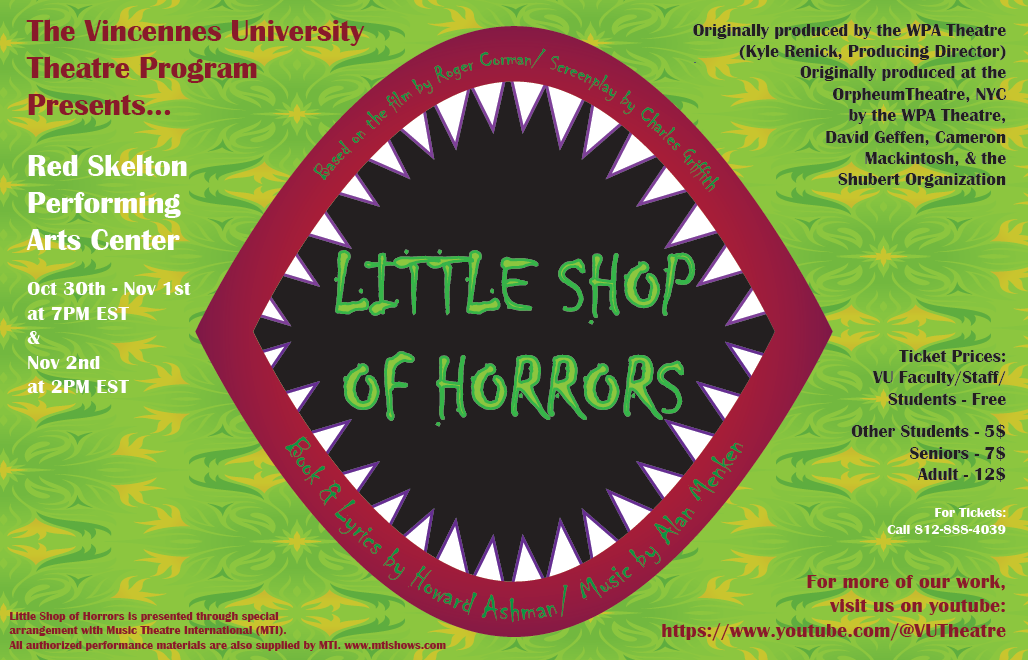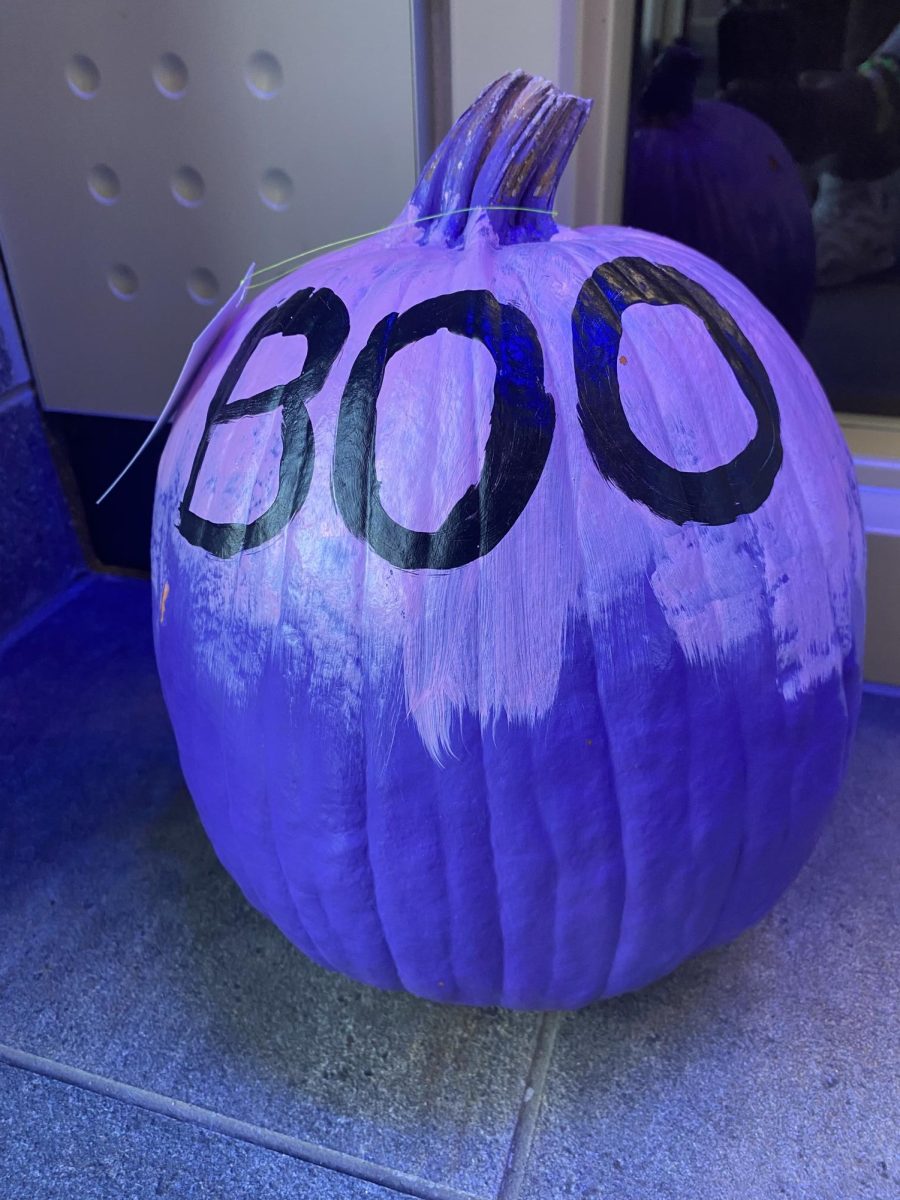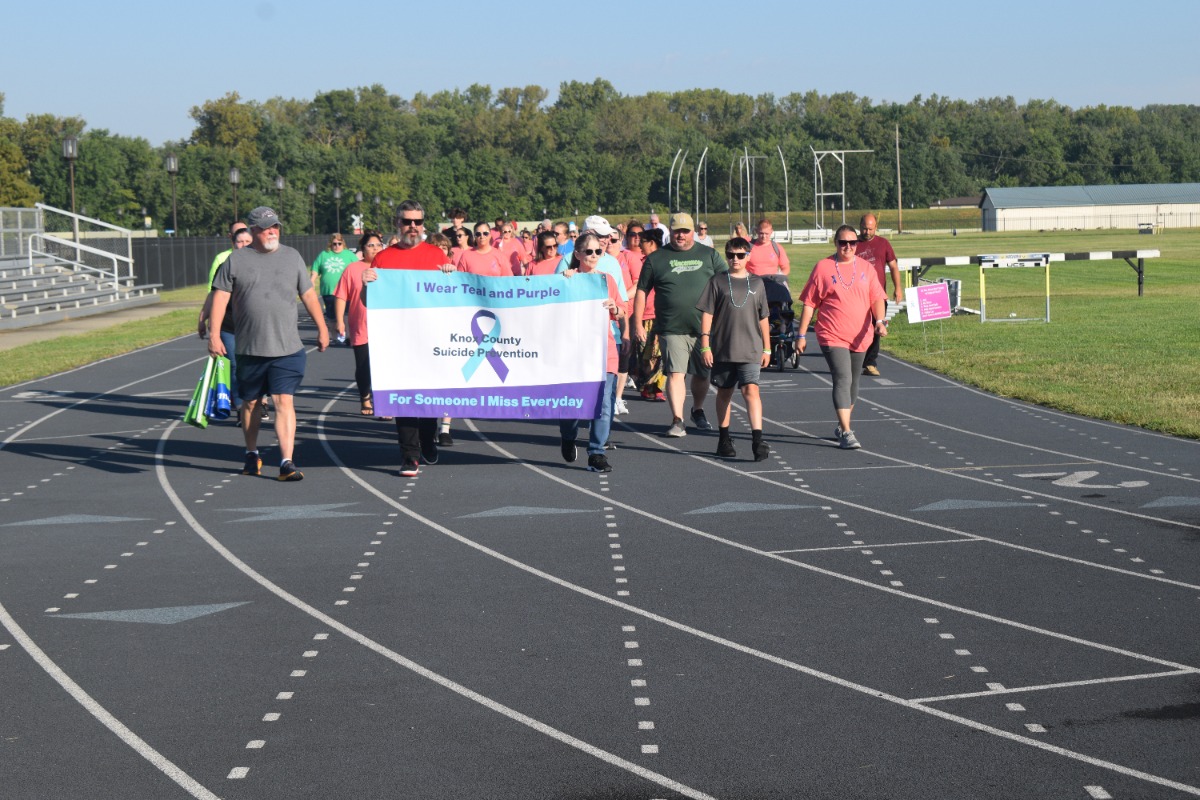Rap music and the dangers of opioids: Is there a connection?
October 25, 2018
During a recent investigation into an overdose case, The Drug Enforcement Agency linked rap music to the opioid epidemic.
In a press release regarding the investigation, Special Agent James J. Hunt said, “This investigation led us into the underbelly of emo rap and its glorification of opioid use.”
The investigation led to the arrest of Michael Jones who is a rapper under the name “New Jerzey Devil.”
While Jones wasn’t exactly a popular artist by most people’s standards he was allegedly connected to GothBoiClique or GBC.
GBC is a larger collective of other rappers that featured the late Lil Peep, whose 2017 overdose death made headlines at the time. Peep was, by most metrics and standards, a fairly popular rapper at the time of his death, with his most popular songs reaching hundreds of millions of plays and streams across music streaming platforms such as YouTube and Spotify.
Peep’s estate has denied any connection to Jones; however, the question still stands: How has emo rap influenced the opioid epidemic?
First, I think we should define what emo rap is and why it matters. Emo rap is essentially exactly what it sounds like: rap music about emotional topics such as depression and mental health.
Emo rap has been rising in popularity over the last few years, and Lil Peep was sort of known as the leader of this subgenre before his unfortunate passing last year. His death has not slowed the rise of emo rap, if anything it expedited it. His death put a lot of new ears to his music and subsequently the genre as a whole.
Other artists like Juice Wrld have been very successful in his wake with songs like his hit “Lucid Dreams,” which has been a top ten song on the Billboard Hot 100 charts for months and even peaked as the number two song in the country on Oct. 20.
Drug use, specifically Xanax, are a staple in these songs. Many of these rappers will rap about how taking Xanax is the only way they can cope with their depression and mental health issues, but is it responsible for the spike in opioid related drug overdoses? I don’t think so.
The content of rap music has been under similar federal scrutiny for decades, dating back to groups like N.W.A., in the late 80s and early 90s, it was more geared to the violent content and its potential connection to gang culture.
I think this argument and line of thinking is no different than when people say that violence in video games spurs violent behavior in the youth, which has arguably been statistically debunked multiple times over the years, but that’s a topic for another day.
Overdose deaths like those of Lil Peep are unfortunate; however, they aren’t to blame for others partaking. It’s up to the consumer to use examples like him as a reason to avoid dangerous drugs like Xanax as opposed to joining him.
People make decisions like this everyday. I watch violent movies like “John Wick,” but I don’t kill. I listen to artists like Young Thug, who talk about selling drugs and robbing people, yet I don’t do it. I play games like Grand Theft Auto and don’t car jack random people. This is the case for the vast majority of others as well.
I understand that the thought of taking drugs can seem tempting to those battling with mental health issues, as it can appear to be an escape from reality. Understand that if you decide to begin taking them, it will only make matters worse in the long term. Use others like Lil Peep or fellow rapper Mac Miller who died of an overdose this year as an example of what can go wrong and the very serious dangers of drugs like Xanax.




